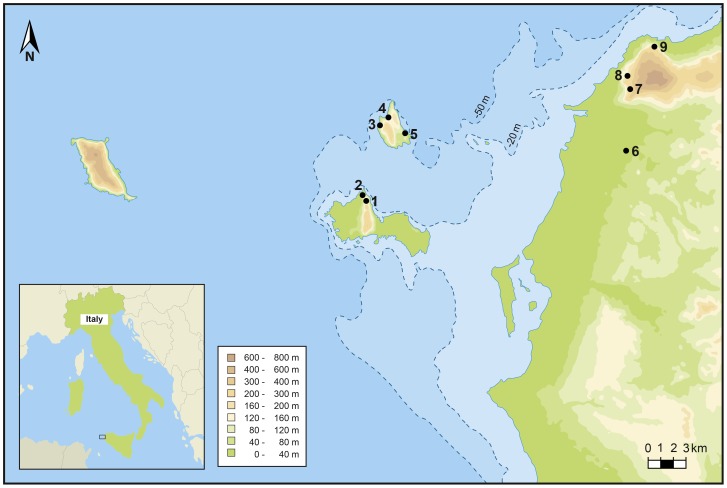Figure 1. Location of Upper Palaeolithic and Mesolithic sites on the Ègadi Islands and in NW Sicily.
These cave sites include: Grotta d’Oriente (1) and Grotta dell’Ucceria (2) on the island of Favignana; Grotta di Punta Capperi (3), Grotta di Cala dei Genovesi (3), Grotta Schiacciata (4) and Grotta di Cala Calcara (5) on the island of Levanzo; Grotta Maiorana (6), Riparo San Francesco (7), Grotta Martogna (8), Grotta Emiliana (9) and Grotta Maltese (9) on the mainland of Sicily. No late Pleistocene or early Holocene site has been discovered on the westernmost island of the archipelago, Marettimo, and on the two islets of Maraone and Formica, between Levanzo and the mainland. Taking into account that the coast of NW Sicily has been tectonically stable during the period in question and using the sea level curve published by Lambeck et al. [20], it can be hypothesized that Levanzo became an island sometime between 9,000 and 8,500 cal. BP (as modelled by Mannino et al. [74]), while Favignana was fully isolated around 7,000 calibrated years BP and was a peninsula for part of the early Holocene. The later Mesolithic hunter-gatherer (Oriente X), whose remains have been recovered at Grotta d’Oriente, lived at a time (ca. 9,500 cal. BP) when the sea level was around −41 m. At this time the shoreline was somewhere between the −50 m and −20 m bathymetry contour lines and Levanzo was probably a small peninsula.

